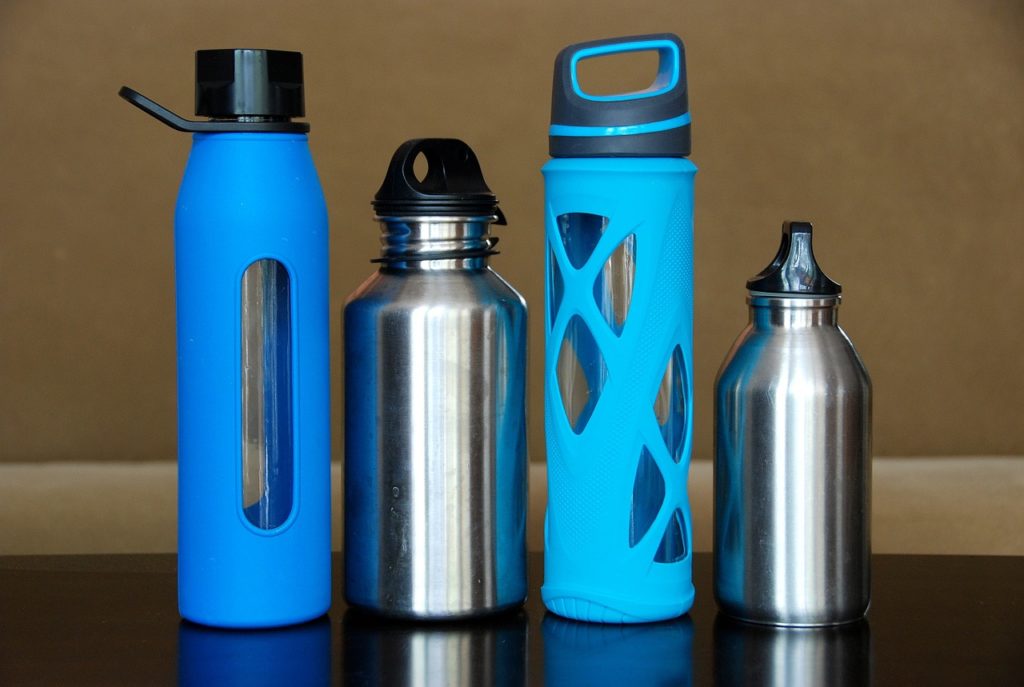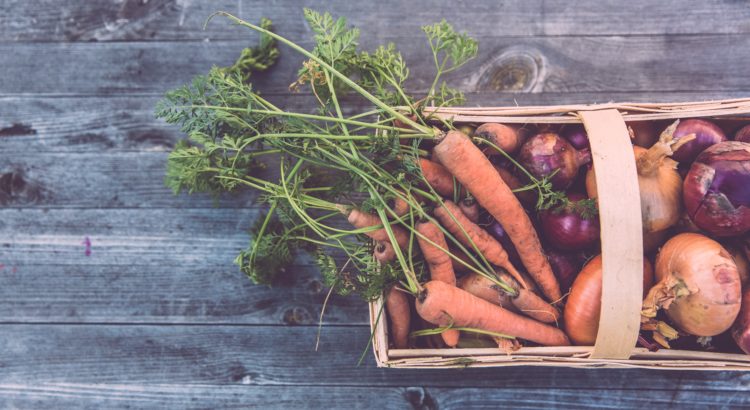There is no question that a decrease in physical activity and an increased consumption of processed food products, fast-food, sugar, and saturated fat have contributed to the prevalence of lifestyle-related chronic disease, obesity, and autoimmune conditions in recent years. But chemical exposures in the air we breathe, the food we eat, the water we drink, and the food we put in our bodies have become ubiquitous. The saturation of chemical toxins in our lives can be hugely detrimental to mental and physical health.It is important to learn how to recognize and minimize sources of exposure to help increase longevity and minimize the risk of adverse health complications. If this is the first time you’re hearing about these risks and you don’t know where to start, that’s okay! Discovering how to minimize food-related risks is a great place to start.

There are many mechanisms by which chemicals can sneak into your food and pesticide exposure is one of them! Pesticides can increase the risk of cancer, as well as cause harm to the endocrine, immune, neurological and reproductive systems. Buying all organic food might not be feasible, but not to worry! A handy tool to reduce pesticide exposure is the Environmental Working Group’s “Dirty Dozen” list, which recognizes the most highly contaminated and least contaminated produce of 2020. This list can help you decide which foods are important to buy organic, or allow you to choose less-contaminated produce. Another great way to reduce your exposures is to always thoroughly wash your produce before consuming it!

Packaging
Another source of chemical exposure from food is in packaging. Plastic-packaged and canned foods often contain a class of industrial chemicals called “endocrine-disrupting chemicals,” which interfere with your body’s hormones and can lead to cancer, autoimmune disease, and multiple other health complications. While avoiding plastic packaging altogether may be unrealistic, there are some steps you can take to reduce your exposure. For example, try not to heat food in plastic containers as the chemicals in the plastic can leak into your food. Use a reusable stainless-steel water bottle (or even a mason jar!) instead of single-use plastic bottles, which leak plastic particles into your drinking water. Not only does this reduce your toxic burden, but also significantly reduces waste, which is great for the environment! Storing food in glass or steel containers as opposed to plastic Tupperware is another great way to reduce exposures.

Processed Food Products
A third source of food-related chemical exposure is processed food products that are commonly laden with artificial flavors and sweeteners, taste enhancers, preservatives, and other unnatural food additives that are harmful to human health. In fact, many chemical food additives used in America are actually banned in other countries because of their impact on health. The easiest way to reduce this type of exposure is by limiting your processed food intake! Transitioning to a diet rich in whole, natural foods is one of the best steps you can take towards better health. But if you have to select processed food products, it’s best to choose ones that have few and recognizable ingredients. If you look at an ingredient label and see ingredients you can’t pronounce or things that you wouldn’t find in your pantry, that’s a pretty good indication that they don’t belong in your body! For example, you probably don’t have a big jug of red dye #4 or high fructose corn syrup in your kitchen!
It can feel scary or overwhelming to learn that some of your eating habits might be negatively affecting your health. By slowly adopting some of the aforementioned habits over time, you will be able to reduce your chemical exposures and live a healthier, less toxic life!
